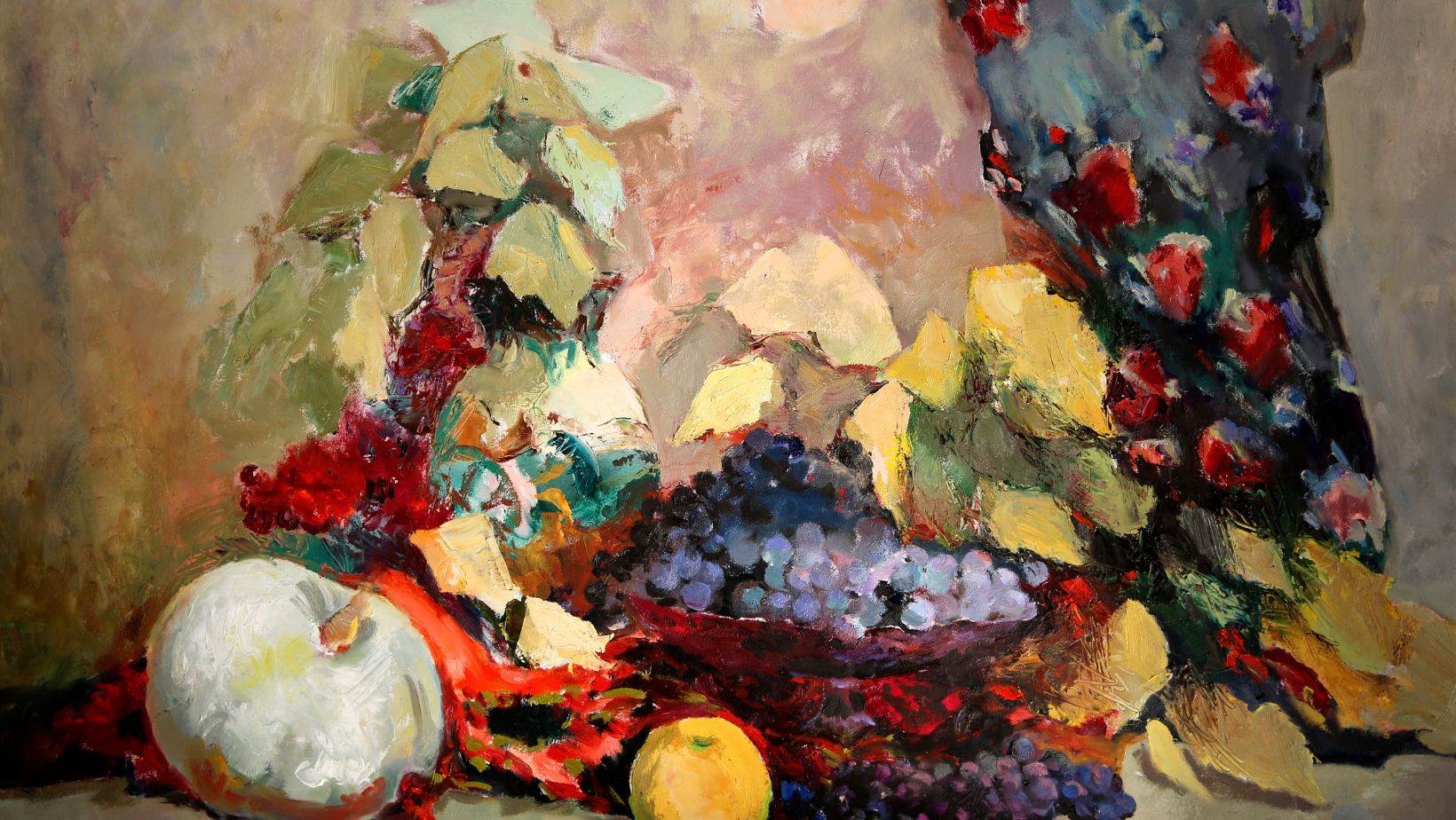Describe the Painting Style of the Mayans. Which Class Were Painters a Part Of?
The painting style of the Mayans is a fascinating subject that offers a glimpse into their rich artistic heritage. The Mayan painters were highly skilled artisans who played an integral role in their society. They belonged to the privileged class of craftsmen and artists, revered for their ability to capture the essence of Mayan culture through their artwork.
Mayan paintings were characterized by vibrant colors, intricate detailing, and symbolic representations. These paintings often depicted scenes from everyday life, religious rituals, and mythological stories. One distinguishing feature of Mayan art is its hieroglyphic texts that accompany the images, providing additional layers of meaning and context.
Being part of the elite class, Mayan painters enjoyed social status and respect within their communities. Their artistry was not only appreciated but also valued as a means of preserving history and communicating important cultural narratives. Their works adorned temples, palaces, pottery, textiles, and various other mediums.
In conclusion, the painting style of the Mayans reflects their deep connection to spirituality and mythology while showcasing exceptional craftsmanship. The painters’ involvement in documenting historical events and conveying cultural significance highlights their significant role in shaping Mayan society’s artistic expression. Understanding this unique painting style allows us to appreciate the intricate beauty and symbolism embedded within each artwork created by these talented individuals.

Art and Paintings in Maya Culture
The Mayans were known for their rich artistic traditions, which included a distinctive painting style that showcased their unique worldview. The paintings of the Mayans were not only decorative but also served as a means of communication and expression. Let’s delve into the fascinating world of art and paintings in Maya culture.
- Spiritual Significance: Mayan paintings held immense spiritual significance, often depicting scenes from religious ceremonies, mythological stories, or sacred rituals. These intricate artworks conveyed the Mayans’ deep connection to nature, gods, and ancestors. By portraying deities, celestial bodies, and supernatural creatures on cave walls or pottery vessels, the Mayans sought to honor and communicate with the divine.
- Symbolic Imagery: The painting style of the Mayans was characterized by vibrant colors, precise details, and symbolic imagery. Glyphs representing hieroglyphic texts were often incorporated into the artwork to convey specific meanings or narratives. For example, jaguars symbolized power and royalty while maize plants represented fertility and abundance. Each element was thoughtfully chosen to convey deeper cultural beliefs within their visual language.
- Skilled Artisans: Painters in Maya society were highly skilled artisans who belonged to a specific social class known as “Batabs.” These individuals dedicated their lives to mastering various artistic techniques such as brushwork, pigments preparation, and composition. Their expertise allowed them to create visually striking murals on temple walls or portable codices made of bark paper.
- Preservation through Time: Despite centuries passing since their creation, many Mayan paintings have survived due to favorable environmental conditions found in caves or well-preserved archaeological sites like Bonampak or San Bartolo. These remarkable works provide invaluable insights into the daily life customs, mythologies, political structures of ancient Maya civilization.
- Cultural Legacy: Maya art continues to inspire contemporary artists worldwide with its vibrant colors and intricate designs. Today, artists draw inspiration from the Mayan painting style to create modern interpretations that pay homage to this ancient culture’s artistic legacy.
In conclusion, the art and paintings of the Mayans were a vital part of their cultural expression and spiritual beliefs. Through their skilled craftsmanship and symbolic imagery, they left behind a lasting visual legacy that continues to captivate our imagination today. By studying these remarkable artworks, we gain a deeper understanding of the rich history and artistic traditions of Maya civilization.


